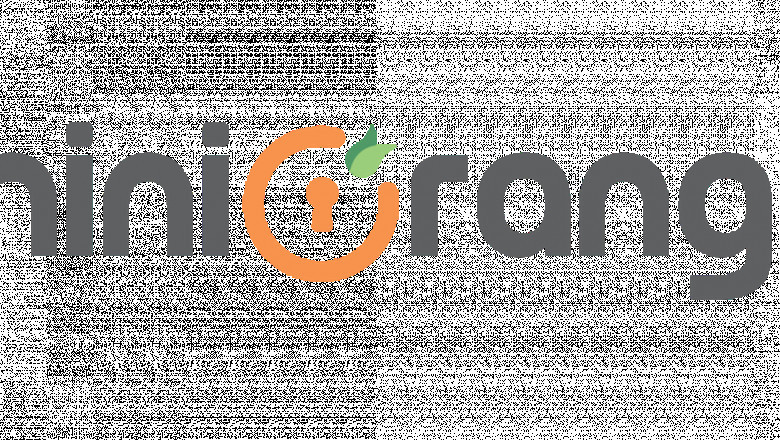views
What Is IAM’s Role in Compliance?
At its core, IAM ensures that only the right individuals can access the right resources at the right time. But it does more than manage identities—it provides organizations with visibility, control, and audit capabilities, which are all vital for passing compliance checks and security audits.
Access Control and Least Privilege
Most compliance regulations require companies to follow the principle of least privilege. IAM helps enforce this by assigning permissions based on roles, responsibilities, and job functions. Employees only get access to the systems and data they need, reducing the risk of both accidental and malicious misuse.
Role-Based Access Control (RBAC) and Attribute-Based Access Control (ABAC) models, both supported in modern IAM systems, streamline this process and ensure compliance is not compromised during organizational changes.
Identity Verification and Authentication
IAM supports Multi-Factor Authentication (MFA) and Single Sign-On (SSO)—two pillars of secure identity verification. MFA adds an extra layer of protection against unauthorized access, while SSO improves user experience and centralizes authentication for easier oversight.
Most frameworks like ISO 27001, PCI DSS, and NIST 800-53 now mandate the use of strong authentication methods, making IAM an essential part of compliance strategy.
Centralized Monitoring and Audit Logs
One of the standout features of IAM systems is their ability to log user actions. These audit logs are crucial during compliance audits. Security teams can generate reports that show who accessed what, when, and from where—providing proof that the organization has the necessary controls in place.
This visibility not only supports compliance but also accelerates incident response when suspicious activity is detected.
Automated Provisioning and Deprovisioning
Ensuring compliance also means managing the full identity lifecycle. IAM systems offer automated user provisioning, so access is instantly granted when employees join or change roles, and revoked when they leave. This reduces the chances of lingering accounts being exploited and ensures data integrity.
For instance, HIPAA and SOX require that access be removed immediately when employees exit the organization—something IAM automates seamlessly.
Privacy by Design
IAM supports data privacy efforts by minimizing data exposure. Access to customer, financial, or medical records is tightly regulated and monitored. With fine-grained access controls, organizations can confidently adhere to Privacy by Design principles outlined in GDPR and similar regulations.
Conclusion
Regulatory compliance is complex, but IAM simplifies the process by offering centralized control over user identities and access. It strengthens security, automates compliance tasks, and helps businesses prove they’re meeting legal obligations. For any organization facing strict regulatory standards, IAM is no longer a luxury—it’s a necessity.














Comments
0 comment